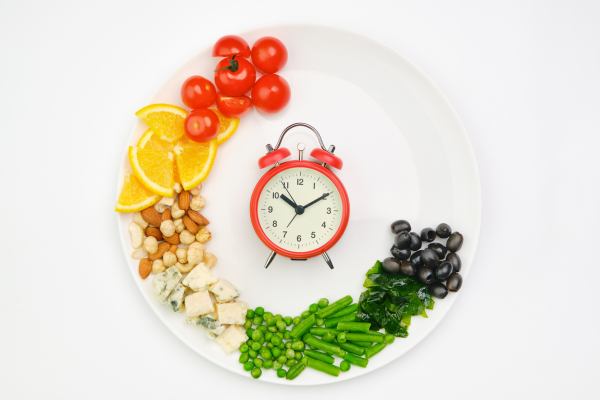
How long does it take to get into ketosis?
How long does it take to get into ketosis?
This is one of the most common questions we get asked when practising a prolonged 5-day fast like the fasting-mimicking diet.
If you’re like most people who are just getting into keto dieting to lose body fat or for other health benefits (like stabilising your blood sugar), you’re probably itching to see and feel immediate results. You may even be obsessively eating healthy fats, monitoring your carb intake, and testing your blood glucose and blood-ketone and levels with a ketone meter and wondering why the test results fluctuate so often and so dramatically or why you’re not seeing instant drops in your blood sugar levels/blood glucose levels and rises in your blood ketone levels.
To this we say: be patient! One of the biggest hurdles to success for people that are new to fasting, or different keto diet regimes is a mindset that you’re “supposed to be” further along on achieving your goals or more in a state of ketosis than you are. Everyone’s goals are different and every single person reacts differently to carbohydrates, a high-fat diet or any diet, so there’s no need to compare.
Metabolic switching - Retraining Your Body
Getting into ketosis doesn’t happen immediately. It takes your body anywhere from 2 to 7 days to get into ketosis, depending on a variety of factors, including your unique body, health history, historic and current activity level, and dietary choices.
Why does it take so long? Because just like any form of physiological change you’re retraining your body! Ketosis is a natural metabolic process, where your body switches to using fat stores as its primary fuel source rather than glucose (carbohydrates). To activate this process and change your body’s preferred source of energy and metabolic state, you need to deprive your body of its usual go-to fuel by drastically lowering your carbohydrate intake and increasing your fat intake (i.e. a high-fat, low-carbohydrate diet with moderate protein intake).
With ProLon all the guesswork and science is done for you with just the right balance of macro nutrients. The prolonged period of 5 days gives your body time to adjust and your liver time to convert fat from your food and your body (adipose tissue) into ketones which can then be used for energy.
What You Eat & In What Ratio
Regardless of how long it takes you specifically, getting into nutritional ketosis has everything do with what you do and don’t eat. General guidelines for a ketogenic diet are to consume 70 to 80 percent of your daily calories from fats, 20 to 25 percent from protein, and 5 to 10 percent from carbohydrates, give or take depending on your lifestyle and other personal factors.
The fasting mimicking diet (FMD) approach is 45% fats, 45% complex carbs, 10% protein. If you are just beginning your fasting journey you may start by combining 3 consecutive 5 day kits with 25 days normal low GI diet in between to activate the metabolic switches your body has to use any stored body fat for fuel. Once these switches have been activated the body will remember those so you make progress each time you repeat the process. So rather than pushing yourself for a quick result or fast weight loss fix, think about the journey.
The first month or two is a learning experience, where you’re getting to know how your body responds to this adjustment in macronutrient intake, finding your pain points, and physically adjusting to burning fat rather than carbs for energy. You may experience keto flu symptoms, including keto breath (it smells like acetone)
If you don’t see results as quickly as you like, don’t be discouraged. Just remind yourself you’re embarking on a new, fat-burning, healthy fasting mimicking lifestyle and keep on the path of fasting periodically say 3 times a year or until you reach your goals.
So, whether you’re exploring the FMD or a keto diet and ketone bodies for fuel for fat loss, weight loss, or other health reasons, be kind to yourself during this transition. Soft and light goods such as smoothie with plant-based milk or chia pudding light soups roasted veggies. Move through the expected side effects, which may be dehydration slight headache - make sure you get enough electrolytes (use discount code elite15) to mitigate them, and reach out for support here if you need further guidance.
